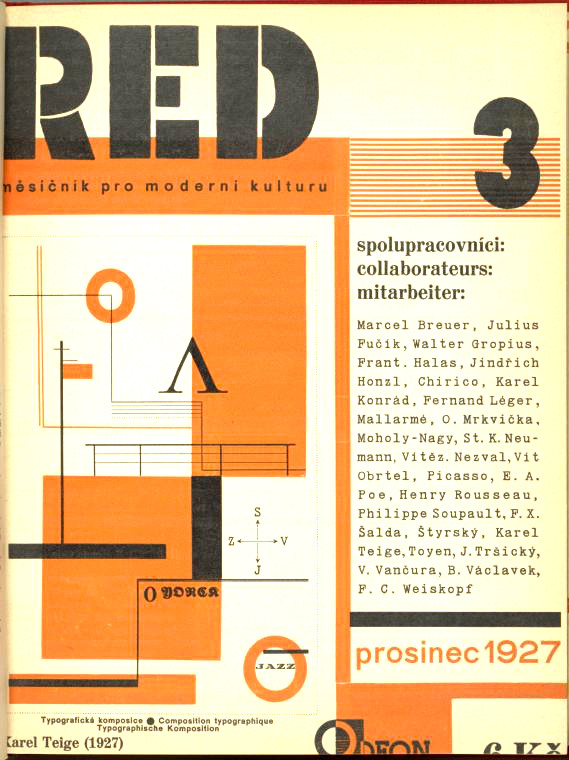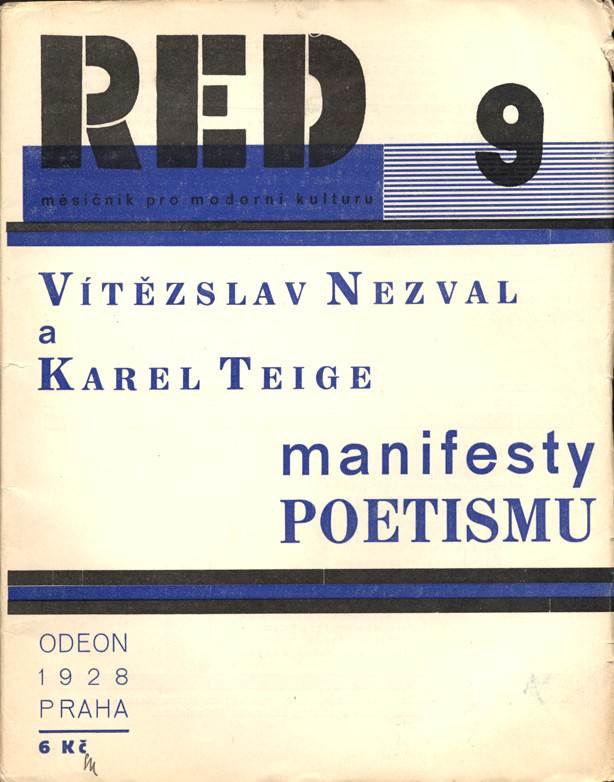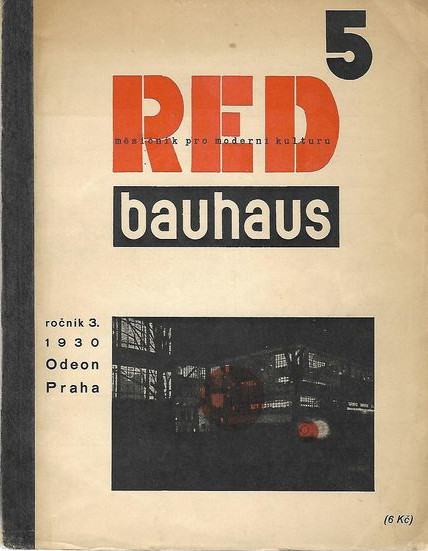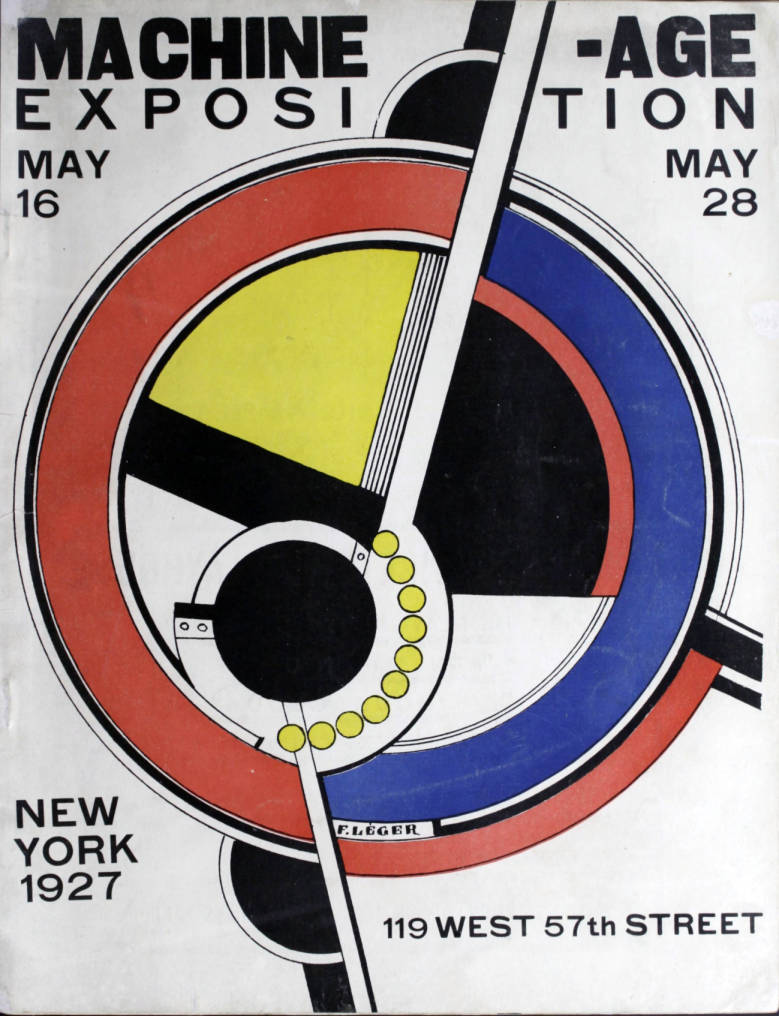Craig Dworkin: No Medium (2013)
Filed under book | Tags: · architecture, art, art theory, attention, body, book, conceptual art, dada, film, fluxus, literature, media, music, painting, paper, phonograph, sculpture, sex, silence, temporality, time, translation, typography
“In No Medium, Craig Dworkin looks at works that are blank, erased, clear, or silent, writing critically and substantively about works for which there would seem to be not only nothing to see but nothing to say. Examined closely, these ostensibly contentless works of art, literature, and music point to a new understanding of media and the limits of the artistic object.
Dworkin considers works predicated on blank sheets of paper, from a fictional collection of poems in Jean Cocteau’s Orphée to the actual publication of a ream of typing paper as a book of poetry; he compares Robert Rauschenberg’s Erased De Kooning Drawing to the artist Nick Thurston’s erased copy of Maurice Blanchot’s The Space of Literature (in which only Thurston’s marginalia were visible); and he scrutinizes the sexual politics of photographic representation and the implications of obscured or obliterated subjects of photographs. Reexamining the famous case of John Cage’s 4’33”, Dworkin links Cage’s composition to Rauschenberg’s White Paintings, Ken Friedman’s Zen for Record (and Nam June Paik’s Zen for Film), and other works, offering also a “guide to further listening” that surveys more than 100 scores and recordings of “silent” music.
Dworkin argues that we should understand media not as blank, base things but as social events, and that there is no medium, understood in isolation, but only and always a plurality of media: interpretive activities taking place in socially inscribed space.”
Publisher MIT Press, 2013
ISBN 0262018705, 9780262018708
219 pages
Interview with the author (Critical Margins)
Author’s lecture at Penn Poetry & Poetics (video, 19 min)
Reviews: Johanna Drucker (Los Angeles Review of Books), Michael Leong (Hyperallergic).
Commentary: Richard Marshall (3:AM Magazine).
ReD (Revue Devětsilu): modern culture monthly (1927-1931) [Czech]
Filed under magazine | Tags: · architecture, art, art theory, avant-garde, bauhaus, constructivism, czechoslovakia, dada, design, film, graphic design, literature, photography, poetry, psychoanalysis, radio, surrealism, theatre



ReD (měsíčník pro moderní kulturu / Revue internationale illustrée de l’activité contemporaine / Internationale Monatsschrift für moderne Gestaltung) was an art magazine published by members of the Czech avant-garde art collective Devětsil.
Thirty numbers were published, with the special issues on the Russian avant-garde, Bauhaus, and photography/film/typography.
Several manifestos appeared in the journal: Toyen and Jindřich Štyrský’s Artificielisme (1:1, 1927), Karel Teige’s second Poetism manifesto [Manifest Poetismu] (1:9, 1928), and the Left Front [Levá fronta]’s founding manifesto (3:2, 1929).
Edited and designed by Karel Teige
Publisher Odeon – Jan Fromek, Prague
via NYPL Digital Library
Each volume in a single PDF (low resolution):
Volume I, 1927-1928 (10 issues, 360 pages)
Volume II, 1928-1929 (10 issues, 324 pages)
Volume III, 1929-1931 (10 issues, 315 pages)
Selected issues in separate PDFs:
The Russian Issue (1:2, Nov 1927)
Foto Film Typo Issue (2:8, Apr 1929)
The Bauhaus Issue (3:5, Feb 1930, partly in German)
JPG pages (search in page annotations):
View online
See also Devětsil: Revoluční sborník (1922), edited by Jaroslav Seifert and Karel Teige, in Czech.
Comment (1)Machine-Age Exposition, catalogue (1927)
Filed under catalogue | Tags: · architecture, art, avant-garde, constructivism, cubism, design, industrial design, machine


Poster, via Beinecke Rare Book & Manuscript Library
Exhibition catalogue of the Machine-Age Exposition, held on May 16-28, 1927, at 119 West 57th Street in New York, and advertised as the first event bringing together “architecture, engineering, industrial arts and modern art.”
The exhibition was initiated by Jane Heap of The Little Review, a New York literary magazine, and organised along with Société des urbanistes, Brussels; U.S.S.R. Society of Cultural Relations with Foreign Countries; Kunstgewerbeschule, Vienna; Czlonkowie Group Praesens, Warsaw; Architects D.P.L.G, Paris; and Advisory American Section.
The volume contains a panorama of European and American architecture and art, with photo documentation, and following articles: “Foreword: Architecture of this Age” by Hugh Ferriss, “The Aesthetic of the Machine and Mechanical Introspection in Art” by Enrico Prampolini, “Machine and Art” by Alexander Archipenko, “The Americanization of Art” by Louis Lozowick, “French Architecture” by André Lurçat, “Architecture Opens Up Volume” by Szymon Syrkus, “Machine-Age Exposition” by Jane Heap, “The Poetry of Forces” by Mark Turbyfill, and “Modern Glass Construction” by Frederick L. Keppler.
The artists committee of the exhibition included Alexander Archipenko, Robert Chanler, Andrew Dasberg, Charles Demuth, Muriel Draper, Marcel Duchamp, Josef Frank, Hugh Ferriss, Louis Lozowick, André Lurçat, Elie Nadleman, Man Ray, Boardman Robinson, Charles Sheeler, Ralph Steiner, Szymon Syrkus and L. Van der Swallmen.
Represented countries: “America”, Austria, Belgium, France, Germany, Poland and Russia.
Published in New York, 1927
44 pages
via Hagley Digital Archives
Commentary (E. B. White, The New Yorker, 1927): “That the machine is the tutelary symbol of the universal dynamism can be discovered at the Machine Age Exposition. […] Drawings, photographs, cubist and constructionist figures by reputable modern artists are side by side with cogs, motor boat propellers, Crane valves, insides of pianos and diving suits.”
Machine-Age Exposition at Monoskop wiki
Comment (0)

